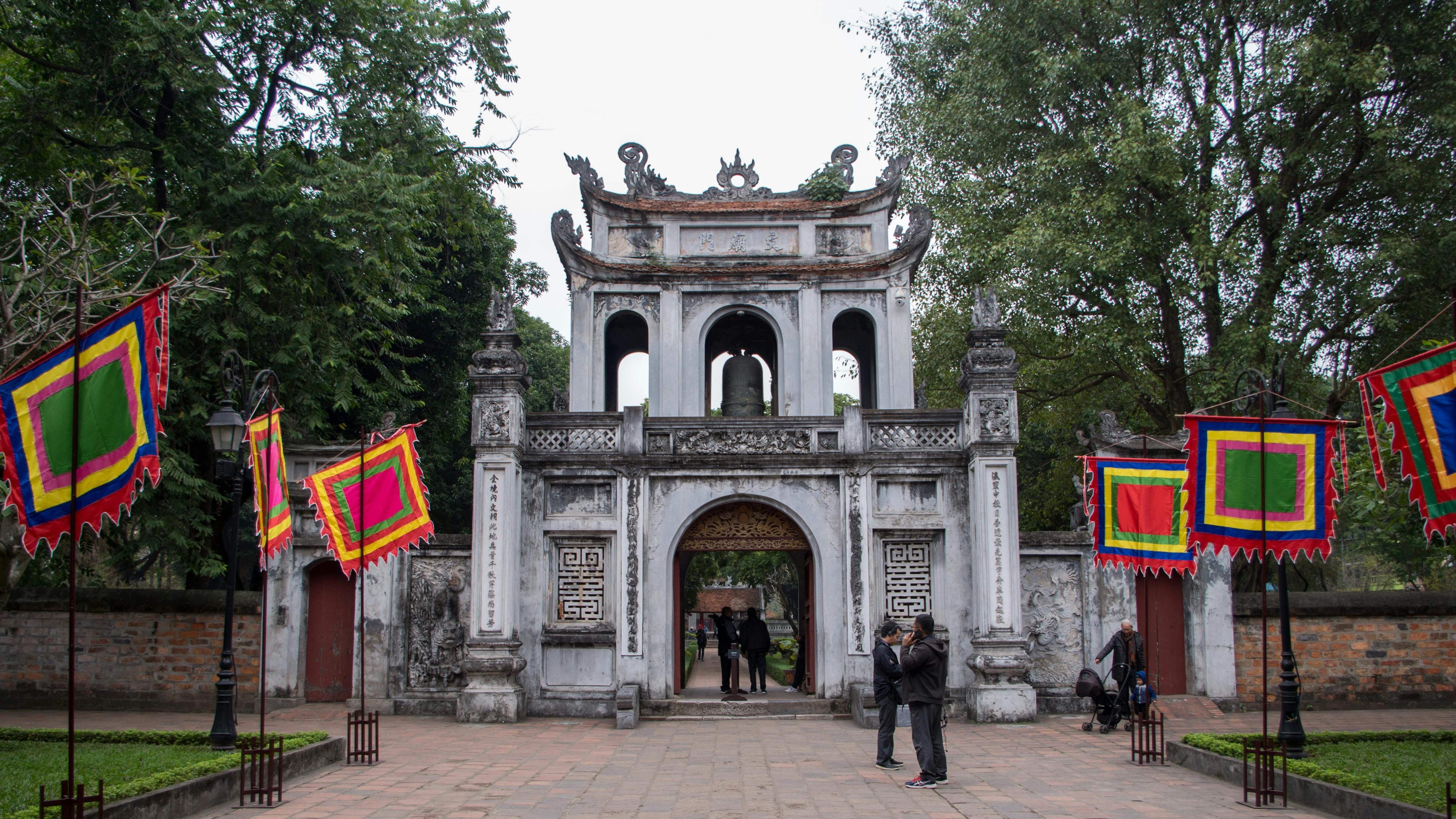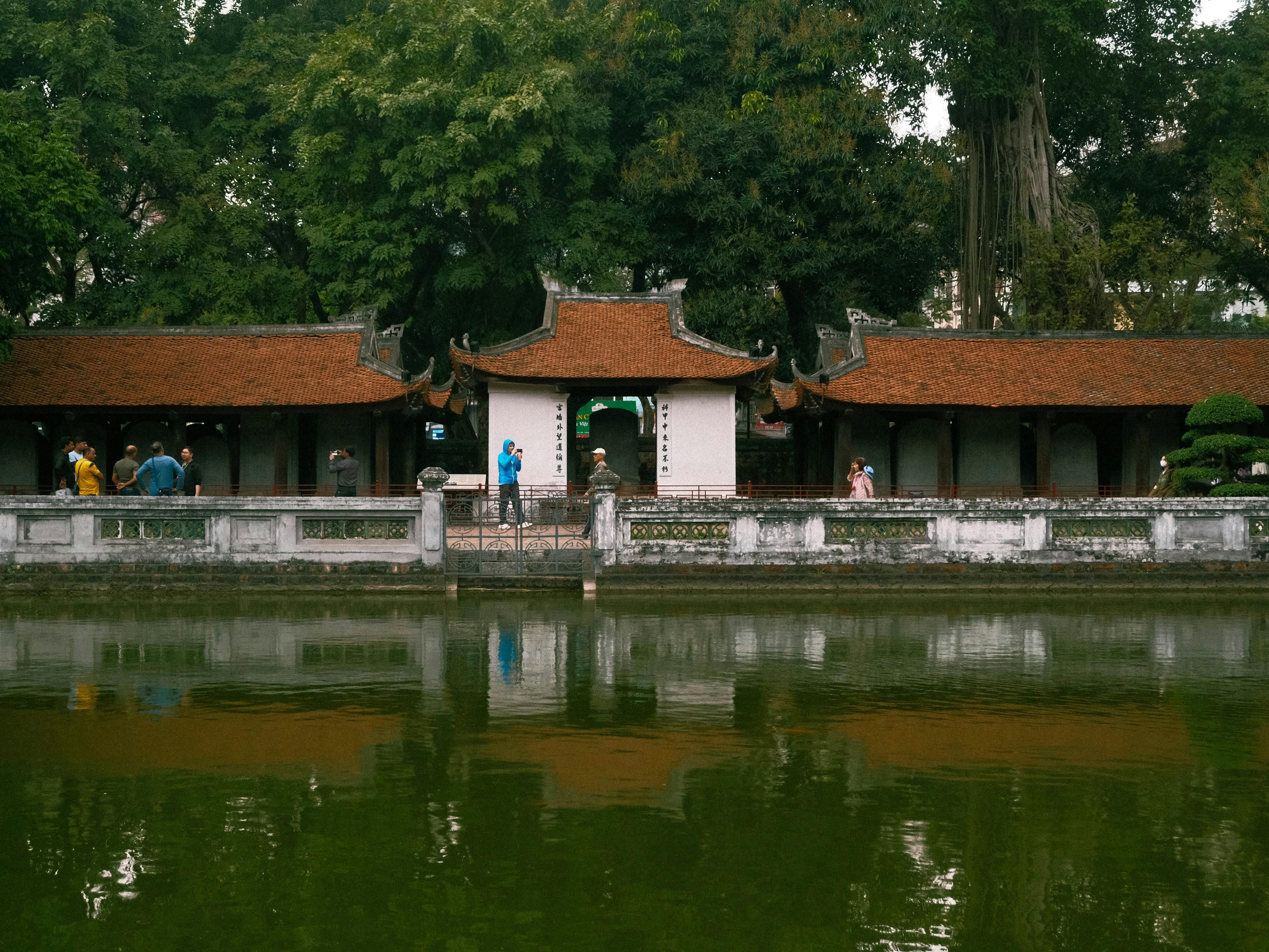
Hanoi's Temple of Literature: A Journey Through Vietnam's Educational History
Nestled in the heart of Hanoi, the Temple of Literature (Văn Miếu - Quốc Tử Giám) is a significant cultural and historical site that offers visitors a glimpse into Vietnam’s rich educational heritage. Founded in 1070 by Emperor Ly Thanh Tong, this ancient temple complex was dedicated to Confucius, sages, and scholars. It later became the site of Vietnam’s first national university, making it a symbol of the country’s deep respect for education and learning.
A Historical Overview

The Temple of Literature was initially constructed as a place to honor Confucius, whose teachings profoundly influenced Vietnamese education and governance. In 1076, it was expanded to include the Quốc Tử Giám, the Imperial Academy, which served as Vietnam’s premier center of higher learning for nearly 700 years. Here, the nation’s brightest scholars were trained to serve in the royal court, passing rigorous exams that tested their knowledge of Confucian texts, poetry, and other classical literature.
The temple is not only a monument to education but also a reflection of the Confucian ideology that shaped Vietnam’s intellectual and moral framework for centuries. It’s a place where history, culture, and education converge, offering a peaceful retreat from the bustling city streets of Hanoi.
Exploring the Temple Complex
The Temple of Literature is divided into five courtyards, each with its own distinct purpose and character. As you enter the temple, you’ll be greeted by the Văn Miếu Môn (Great Gate), which leads to the first two courtyards. These tranquil gardens are lined with centuries-old trees and are perfect for a leisurely stroll as you take in the serene surroundings.
In the third courtyard, you’ll find the Khuê Văn Các (Pavilion of the Constellation of Literature), a beautiful structure that symbolizes the bright and shining minds of scholars. It’s an iconic symbol of Hanoi, often seen in photographs and postcards.

The fourth courtyard is home to the Stelae of Doctors, large stone tablets inscribed with the names of those who passed the royal exams. These stelae, mounted on the backs of stone turtles (a symbol of longevity), serve as a lasting tribute to the scholars who contributed to the nation’s intellectual legacy.
Finally, the fifth courtyard houses the Quốc Tử Giám, the Imperial Academy, where students studied and lived. Although much of the original structure was destroyed, the site has been carefully restored to reflect its historical importance.

Cultural Significance
The Temple of Literature is more than just a historical site; it’s a living symbol of Vietnam’s cultural heritage. It’s a place where locals and tourists alike come to pay homage to Confucius and the scholars of the past. Students often visit the temple before exams, praying for success in their studies, making it a place of both spiritual and educational significance.
The temple also hosts various cultural events and festivals throughout the year, including the annual Lunar New Year celebration, where traditional rituals and performances are held to honor the ancestors and preserve Vietnam’s rich cultural traditions.
Visiting Tips
Best Time to Visit: The Temple of Literature is open year-round, but it’s best to visit early in the morning or late in the afternoon to avoid the crowds. The cooler months from October to March offer the most pleasant weather for exploring.
What to Wear: As a place of historical and cultural importance, visitors are expected to dress modestly. Comfortable walking shoes are recommended, as there’s plenty of ground to cover.
Photography: The temple grounds are incredibly photogenic, so don’t forget your camera. However, be respectful of the surroundings and avoid taking flash photography inside the more sacred areas.
Conclusion
A visit to Hanoi’s Temple of Literature offers a unique journey through Vietnam’s educational history, providing insight into the Confucian ideals that have shaped the nation’s intellectual heritage. Whether you’re a history buff, a culture enthusiast, or simply looking for a peaceful escape in the heart of Hanoi, the Temple of Literature is a must-see destination that will leave you with a deeper appreciation for Vietnam’s rich past.
If you're planning a trip to Vietnam and can't decide between staying in the Old Quarter or West Lake area, here’s all the information you need.